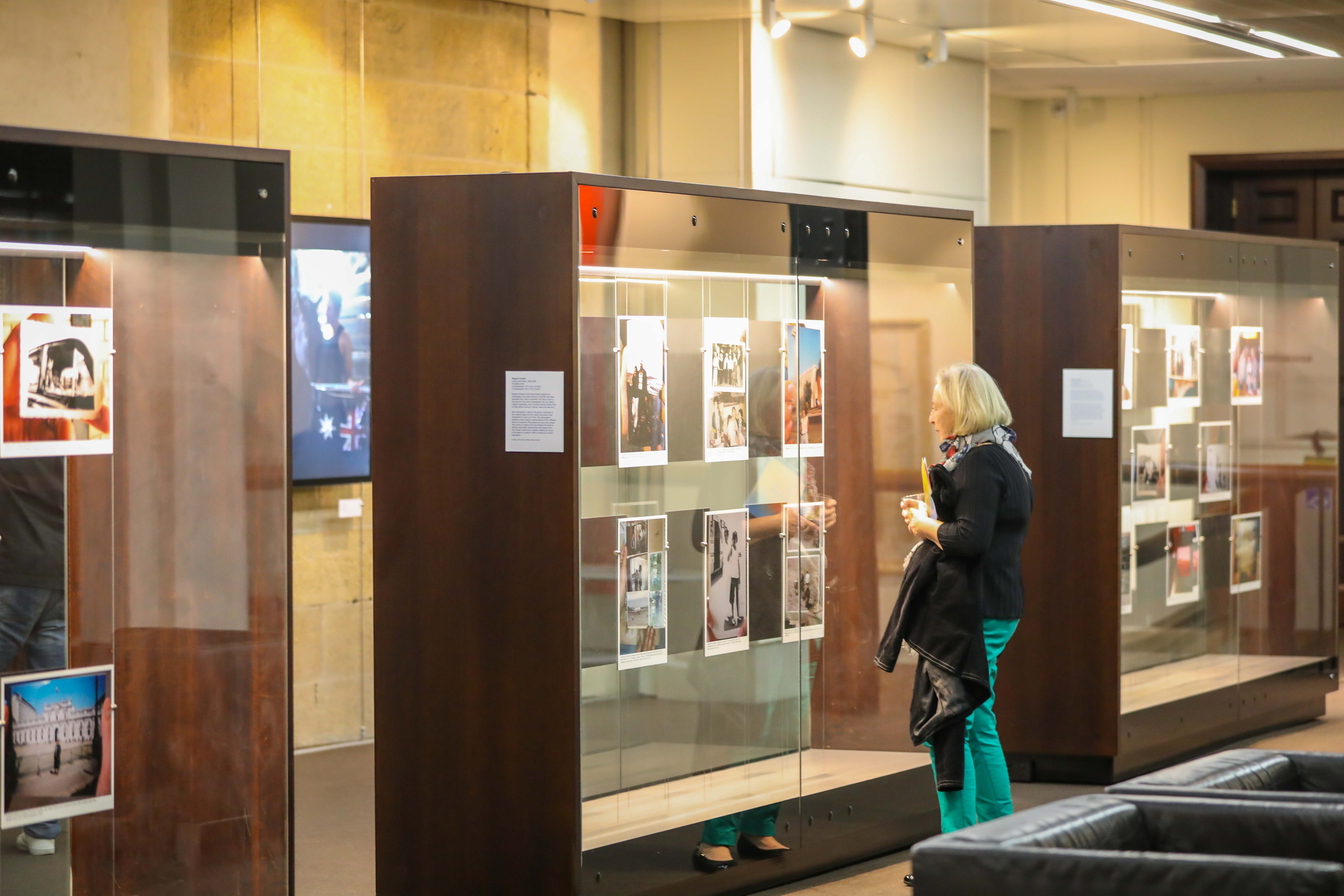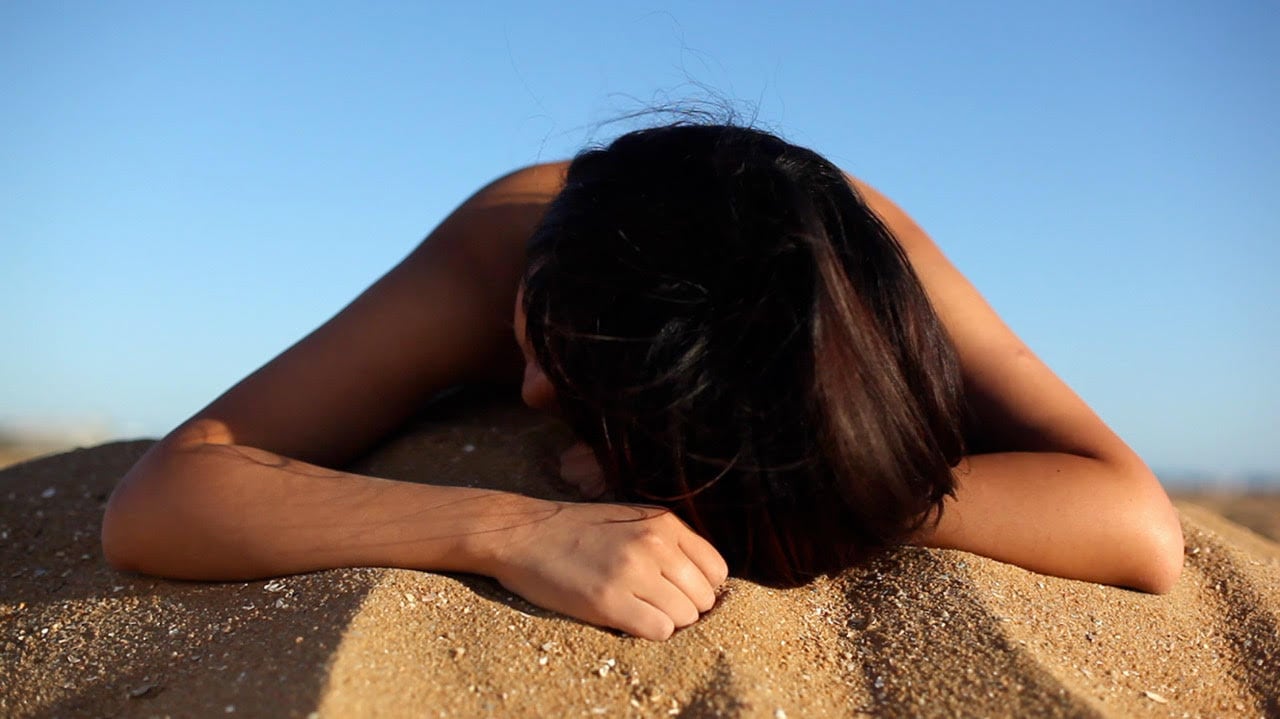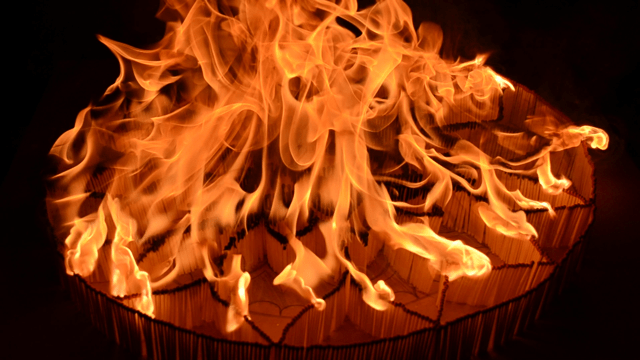




Artists: Atong Atem, Cigdem Aydemir, Anindita Banerjee, Liam Benson, Vonda Keji, Nikki Lam, Nicole Monks, Raquel Ormella and Christian Thompson
Curators: Claire Field and Tian Zhang
When my family immigrated to Australia in 2003, we went on a guided tour around Sydney’s Circular Quay. As a six-year-old, this was my first sighting of Customs House: an imposing, colonial sandstone building behind the train station. We marvelled at its symmetrical Georgian façade and the unfamiliar Ionic columns, daunted by the sheer alien-ness of this architecture. It was apt that as new immigrants we visited what had been home to the Australian Customs House service for 145 years, responsible for all of Australia’s imports, exports, and immigration control. Had my parents arrived a century earlier, they would have been deported back to Korea from this very building; the White Australia Policy took effect in 1901, ushering in strict immigration laws against Asians and non-Europeans. It was not until the 1970s that these draconian laws were entirely repealed.
The latest exhibition at Customs House, Site of Passage, curated by Claire Field and Tian Zhang, reflects on the history of the site and the social and cultural fabric of Australia in the face of globalisation. In a nod to Sydney’s multiculturalism, with over half of the population being born overseas, the exhibition is a showcase of individual responses to the polyphonic ideas of belonging and identity.
Whilst Customs House stands as a symbol for those who have found new homes in Australia, it is also a marker of homes and the people that have been forcibly removed and destroyed. Occupying the first room of the exhibition is Nicole Monk’s photographic series All In One Time (2016). In the series Monks embodies sheemu, represented by the garment she wears created using sheep’s wool and emu feathers, reflecting her Yamatji Wajarri, Dutch and English heritage. One entire wall of the space is occupied by a single image of Monks, In Up (2016). Confronted with this scaled-up work, it is an important reminder that this is Indigenous land. This statement is especially pertinent considering that Warrane (Circular Quay) was the site of the first fleet landing in 1788.
Meanwhile, Christian Thompson’s video Dead Tongue (2015) is also a reminder that we stand on Indigenous land. Referencing how the English language was, and is still, a tool for colonisation, Thompson holds two Union Jack flags within his closed mouth. This image sits in contrast with the contemporary Bidjara song he sings in the video’s audio. Bidjara is now classified as an endangered language but Thompson portrays it as a living one, asking us to engage with its sonic, lyrical qualities as part of the contemporary present.
The interpretation of ‘sites’ as both physical and metaphorical and the acknowledgement of ‘passages’ as temporal, proximal, geographic and symbolic, is further exemplified by Nikki Lam’s video Leaf Returns to its Roots 落葉歸根 (2014), one of five video works displayed on the ground floor. Lam appropriates the iconic image of Max Dupain’s modernist photograph Sunbaker (1937), now heralded as a quintessential Australian image. In Lam’s work, however, the body of the white Australian male has been replaced with that of the Asian female, challenging the grand metanarrative of White Australia and resisting homogeneous understandings of the typical ‘Australian’. Combining this stereotypically ‘Australian’ image with the Chinese idiom in the title, Lam evokes the complexity of dual identities, asserting her place in Australian society. Indeed, as the sun waxes and wanes and Lam adjusts her head, the stasis of Dupain’s photograph is rejected for the notion that identity is ever-shifting, like the sand and wind that rises and falls around her shoulders and head.
These intricacies surrounding diasporic identity are further reflected in Anindita Banerjee’s adjacent video work, Pyre (2017), focused on her cultural identity as an Indian woman living in Australia. Banerjee places over 19,000 matchsticks in the Hindu symbol of the lotus flower, which she then sets alight – symbolically releasing her unease and anxiety around cultural displacement. The amorphous notion of ‘home’ is then reinforced by Atong Atem’s video, Come Home (2017). Atem’s work explores her feelings of displacement as a South Sudanese woman in Australia and the surprising sense of belonging she experienced in a recent visit to Fiji, a country to which she had no prior connection. Come Home reveals that the diasporic experience is transcultural and transnational. It is not necessarily here/there, homeland/foreign land, just as the relationship between cultures is diverse, non-linear and multidirectional.
These video works are displayed in a row against the back wall, marking a passage for a visitor to continue their odyssey upstairs to the City of Sydney Library, where they are met by Raquel Ormella’s Going back/Volver (2006-2008). Forty-four photographs from albums of families that have migrated from Chile to Australia are displayed in glass vitrines, cabinets usually used to display official historical documents in clinical museum settings. Here, they hold tender, poignant moments of everyday family history; smiling children on their first day of school, beaming parents at their child’s first Holy Communion, awkward family photos at large weddings. The work resulted from Ormella’s investigation into her own family’s migration from Chile to Sydney, illustrating that history is comprised of individual lived memories and that diasporic experiences can only be understood by listening to those very same migrant voices.
Indeed, all of the works exhibited involve the artists themselves, reflecting their own mobile identities and embodying the notion that the political is imbricated with the personal. What is important to note, however, is that these voices are not catering to a white gaze. Too often, migrant or diasporic trauma is co-opted by white audiences who fetishise immigrant suffering as they search for a recognisable, commodifiable story. So often, these works displayed in a way that transforms grief into spectacle. The works of Cigdem Aydemir and Vonda Keji expose the stereotypes that warp our perceptions as they call for a reclamation of the representations of people of colour, specifically African and Muslim women respectively. Extremist Activity (Stroll) (2011) follows Aydemir as she walks through Sydney with an umbrella underneath her niqab, responding to the idea that veiled Muslim women are to be feared as they could be hiding anything underneath their garments. Similarly, Vonda Keji’s five self-portraits in Dichotomy (2017) comment on the double standards of wearing Western clothes in Africa against the deleterious stereotypes she faces wearing African clothes in Australia. These artists redefine notions of national identity through humour and resistance, refusing to be pitied, silenced and relegated to the periphery. The works are timely celebrations of women of colour exercising their own agency and autonomy to map their own cultural topography and navigate their existence as the politicised ‘other’ in Australia today.
Notably, this is one of the few exhibitions I have attended with a single token Anglo artist. Liam Benson’s portraiture references his own Scottish heritage and its complicity in the legacy of colonisation, revealing that issues around cultural identity, appropriation and belonging are relevant to all Australians, more than just a category that is used to essentialise artists of colour.
In 2018, fifteen years after my first encounter, I face the now-familiar sandstone edifice of Customs House every time I go to work. Most visitors come into Customs House today to look at the 1:500 scale model of Sydney’s CBD, admiring the miniature towers, spires, and trees underneath the glass floor. As I step over the Opera House and place my toes on the Harbour Bridge, I realise that this city is a palimpsest of polychrome, a maelstrom of mayhem—a place that evolves, morphs and shifts in tandem with my own sense of self.
Soo-Min Shim is an arts writer based in Sydney currently completing her Bachelor of Art History and Theory (Honours) at the University of Sydney. Her research interests are focused around contemporary Asian art and she has written for several Australian and international publications including Art & The Public Sphere, The Artling, Art Almanac, Runway and Running Dog.
